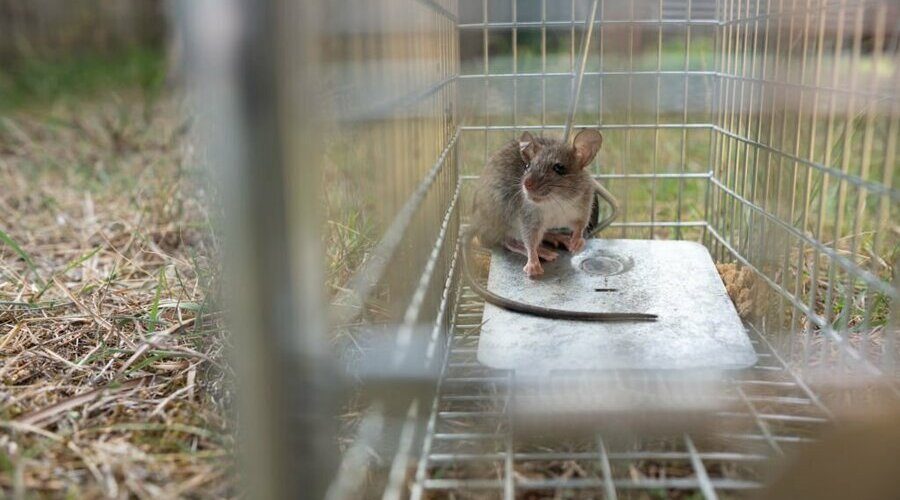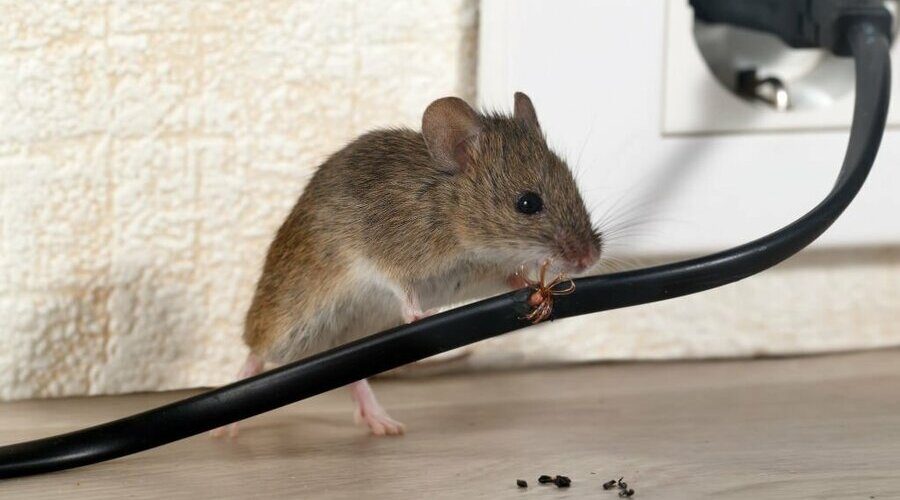8 Proven Tips for Effective Rodent Control
Rodent Management Mastery
Rodents can rapidly cause damage if populations spiral uncontrolled.
Act quickly using humane methods before they multiply.
Learn how to remove rodents humanely using a combination of prevention, traps, repellents plus calling in pest control professionals when needed.
This article shares tips for effective, lasting control.
8 Tips on How to Control Rodents
Key Takeaways:
- Keep food sealed and premises clean to remove attractants for pest rodents
- Use humane traps and deterrents instead of rodent poisons
- Focus on prevention by sealing openings and holes to prevent future infestation of rodents
- Be persistent in following integrated methods of rodent control
1. Remove Food Sources and Nesting Areas
Rodents like the roof rat and brown rat are constantly searching for their next meal. By practicing good sanitation and proper food storage methods, you eliminate what attracts these common pests to your property in the first place – their next snack!
Steps you can take:
- Keep outside cooking areas free of grease and fallen leftover food bits
- Pick up fallen fruits/nuts from fruit trees and bird feeders
- Store all human and pet food in sealed metal, glass, or sturdy plastic bait stations
- Take the trash out frequently
- Fix drippy faucets and leaky outdoor pipes
- Keep grass cut short and shrubs near buildings trimmed
- Get rid of piles of wood, rocks and general clutter in crawl spaces
By keeping your premises clean and removing food sources, nesting sites, and hiding spots, rodents will search elsewhere for their basic survival needs.
2. Seal Up Entry Points
Mice can squeeze through a hole the size of a nickel. Species of rats like the roof rat and ship rat can enter through a hole the size of a quarter.
Sealing up their points of entry is crucial to keeping them out of your house and preventing future infestations.
What to use:
- Copper mesh
- Cement/concrete
- Metal kickplates
- Weatherstripping
Common entry points:
- Under doors
- Around utility pipes
- Attic vents
- Wall cracks
- Soffit holes
- Roof voids
3. Sprinkle Repellents
Using natural predator urine or organic repellents with active ingredients like ammonia or vinegar can effectively send rodents packing without harming non target animals.
Common deterrents:
- Ammonia or vinegar soaked cotton balls
- Chili pepper powder
- Ultrasonic plug-in devices
Sprinkle these along baseboards, under sinks, and near affected areas. Be prepared for increased activity as rodents panic and search for water. After a week, they should move out.
4. Bring in Trained Dogs
Specially trained rat terrier breeds of dogs are super effective for sniffing out and killing rodents. Unlike rodent poison or traps that only reduce part of the population, trained dogs can eliminate entire nests and infestations in one swoop.
5. Set Out Traps
Trapping is an effective and humane method for capturing and removing rodents. Take care to place simple snap traps along walls or in areas of high rodent activity.
Traps allow for removal without any hazardous clean up of dead rodents. They also let you gauge the extent of the infestation.
6. Apply Rodenticides
Rodent poisons containing powerful active ingredients should only be used for serious rat infestations as they carry many risks. Use extreme care and caution with commercial rodenticides and never use them long term. Maintain a record of bait placement and disposal.
7. Stay Vigilant
Controlling an established rodent infestation takes perseverance on your part. Keep traps freshly baited and set out continuously.
Be consistent and persistent in following all methods of rodent control, even catching 1-2 pest rodents per week. Continue sealing new openings they chew. Maintain cleanliness and food containment vigilantly and put it in a closed container.
8. Call the Pros
For severe, long standing rodent issues in vulnerable places like apartment buildings or food warehouses, pest control professionals may be needed.
Why hire pros?
- Access to stronger chemical poisons
- Can vacuum out massive nesting areas
- Treat large public rodent infestations
- Offer guarantees to fix issues
With determination and integrated preventative measures, you can eliminate any species of rodent problems humanely and effectively. Just stay vigilant to prevent future re-infestations.
FAQs
What risks do rodent droppings from species like mice and roof rats pose?
Rodent droppings can spread dangerous diseases and bacteria. Use safety precautions like a face mask when cleaning and sanitise the area thoroughly after.
Should I be concerned about signs of rodent activity like urine stains or gnaw marks?
Yes, rodent urine and gnaw marks are signs of active infected rodent presence. Deal with all evidence of infestation quickly before it becomes unmanageable.
Can I safely reuse a glue trap to capture mice?
No, glue traps are single use only. Properly dispose of them after each use as a safety precaution, even if no rodent was caught.
Should I use steel wool to plug holes and prevent future rodents?
Yes, steel wool makes a good temporary fix for holes that rodents can chew through. Seal openings thoroughly with stronger materials whenever possible.
Conclusion
Learning proper control methods to break the rodent food chain requires an integrated approach.
Focus first on prevention by keeping areas clean and sealing openings with commercial materials.
Trapping and natural deterrents create added pressure to eliminate infestations for good.
Manage any water sources that may attract pests.
With determination and persistence, you can resolve rodent issues humanely using preventative measures, sealing, traps, deterrents and calling professional services if needed.



